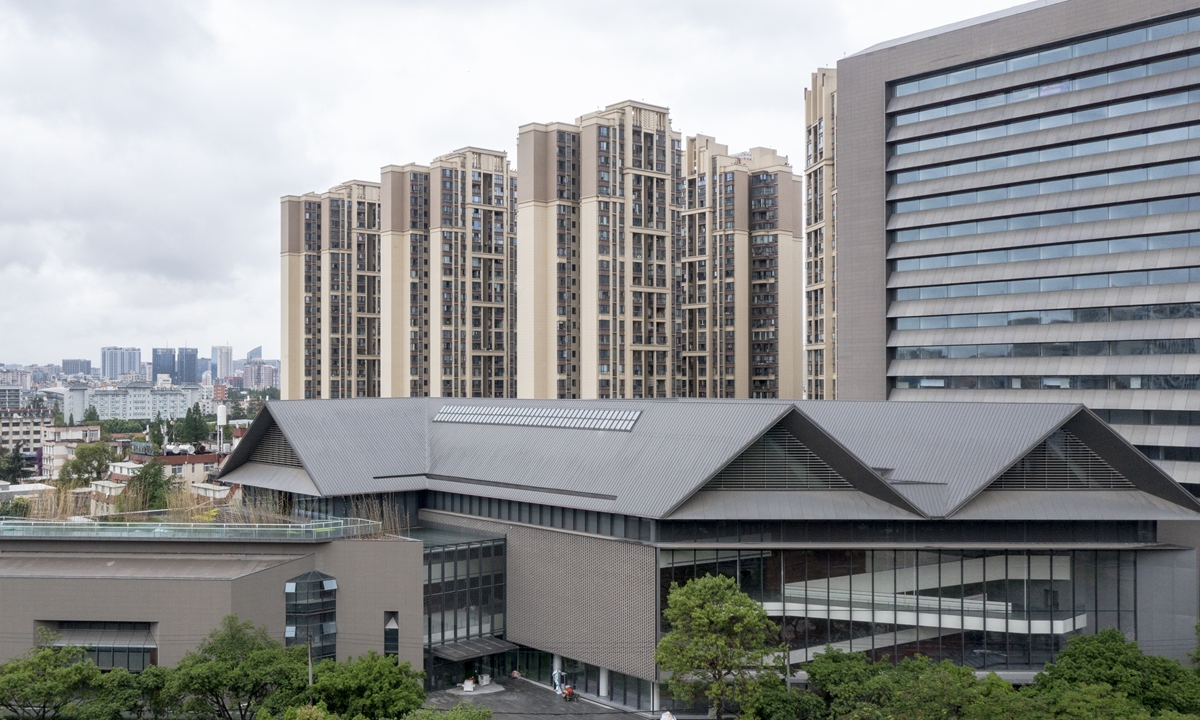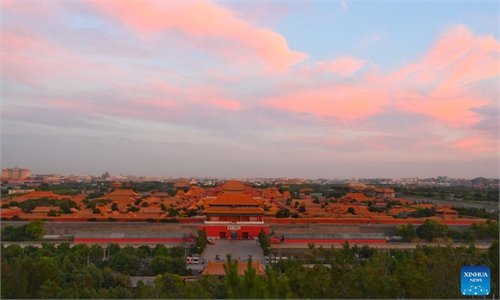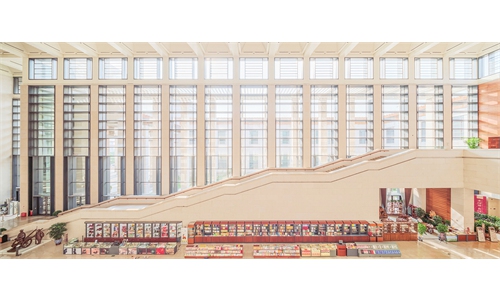ARTS / CULTURE & LEISURE
New Sichuan University Museum opens to public
Cultural institute promotes Chengdu Universiade

Photo: VCG
As the Chengdu Universiade is one day to go, multiple activities, platforms and institutions in Chengdu, Southwest China's Sichuan Province, are ready to do their part to boost the Games.
Among them, the newly built Sichuan University Museum is set to open on Thursday. Local staff told the Global Times on Wednesday that the new museum will cover subjects from natural history to the development of humanity.
The new museum's history actually dates back to nearly 110 years ago, when it was known as the Chengdu University Museum.
"The Chengdu University Museum was established as early as in 1914," Huo Wei, the museum's curator, told the Global Times.
"It was famous for being the most complete museum in Southwest China during the 1940s."
The new establishment, which was renovated from the old building closed in 2019, takes a total area of 70,000 square meters, with exhibition area of over 10,000 square meters.
"The Sichuan University Museum is the earliest museum established in the southwest region and the first comprehensive university museum in China as well with its abundant and valuable collection," Liu Shuguang, director-in-general of the Chinese Museums Association, said at the museum's opening ceremony on Sunday.
The museum has a collection of over 80,000 cultural relics, specimens of over 140,000 animal species, and specimens of 840,000 plants.
The museum has four different halls - a hall for general displays, another for temporary exhibitions and dedicated nature and art halls.
Taking an area of 4,600 square meters, the general display area is displays the natural and cultural knowledge of the southwest region of China obtained through field investigations of scientists.
Archaeological achievements are also exhibited in this area with high technology such as combined dynamic projection used to bring visitors back to the Sanxingdui Ruins excavation site.
In addition, precious cultural relics such as a celadon-glazed brown-green goose cup from the Tang Dynasty (618-907), and a jade tablet and jade tube from the Shang Dynasty (c.1600BC-1046BC) can also be appreciated there.
Worth mentioning is the treasure of the hall, a statue of a Tang Dynasty Bodhisattva known as the "Oriental Venus."
The nature exhibition hall introduces the evolution of various organisms, the relationship between human beings and nature, and the development of the modern life sciences.
"In the long evolution of 3.8 billion years, one can witness the coming and going of countless miraculous life forms, and all kinds of creatures on the Earth today, all here in this new museum," said one staff member.
The new museum will hold test runs until August 10, during which the public can make appointments for visits.
"While we are a university museum, we don't only open for our students. More importantly, we see this as a public space where a wider range of visitors can enjoy our museum's resources," noted Huo.
Huo said that the museum is a combination of humanity and nature, art and science, and scientific research and public education.
"This is a base for our scholars and research fellows at our university, but we are now opening our gates to more visitors. It helps us get out of our ivory tower, and transfer the knowledge we acquire into more interesting content for the next generation. This is what makes us special as a new museum."



